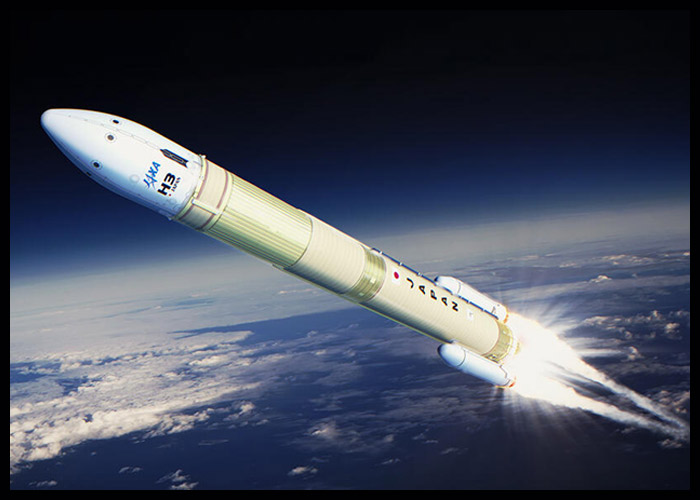Japan Destroys Flagship H3 Rocket After It Fails On Launch
Japan destroyed its flagship H3 rocket after its second launch failed due to engine failure Tuesday.
Japan’s Aerospace Exploration Agency (JAXA) sent a self-destruct command to the H3 Launch Vehicle when its second-stage engine failed just 15 minutes after lift-off from the Tanegashima Space Center in southern Japan.
“A destruct command has been transmitted to H3 around 10:52 a.m. (Japan Standard Time), because there was no possibility of achieving the mission. We are confirming the situation,” JAXA said in a statement.
The rocket was carrying the Advance Land Observation Satellite-3 (ALOS-3), a ground-mapping and imaging orbiter that the space agency said was planned to become a key tool in disaster management efforts, and capable of detecting North Korean missile launches.
The Japanese space agency’s first attempt to launch the H3 on February 17 had failed as its booster engines did not ignite.
Tuesday’s failure is seen as a significant setback for JAXA, which developed H3 as a cheaper alternative to SpaceX’s Falcon 9 for launching commercial and government satellites into Earth’s orbit.
Mitsubishi Heavy Industries is the prime contractor for the rocket. JAXA and Mitsubishi have spent more that $1.5 billion on the project since its inception nine years ago, according to state broadcaster NHK.
The H3 Launch Vehicle is Japan’s new flagship rocket aiming at achieving high flexibility, high reliability, and low cost performance.
JAXA touted it as a successor to the existing H-IIA and H-IIB rockets with its launch capability to the geostationary transfer orbit (GTO) exceeding that of its predecessors.
“Unlike the previous cancellation and postponement, this time it was a complete failure,” Reuters quoted Hirotaka Watanabe, a space policy professor at Osaka University, as saying.
“This will have a serious impact on Japan’s future space policy, space business and technological competitiveness,” he added.
Source: Read Full Article

